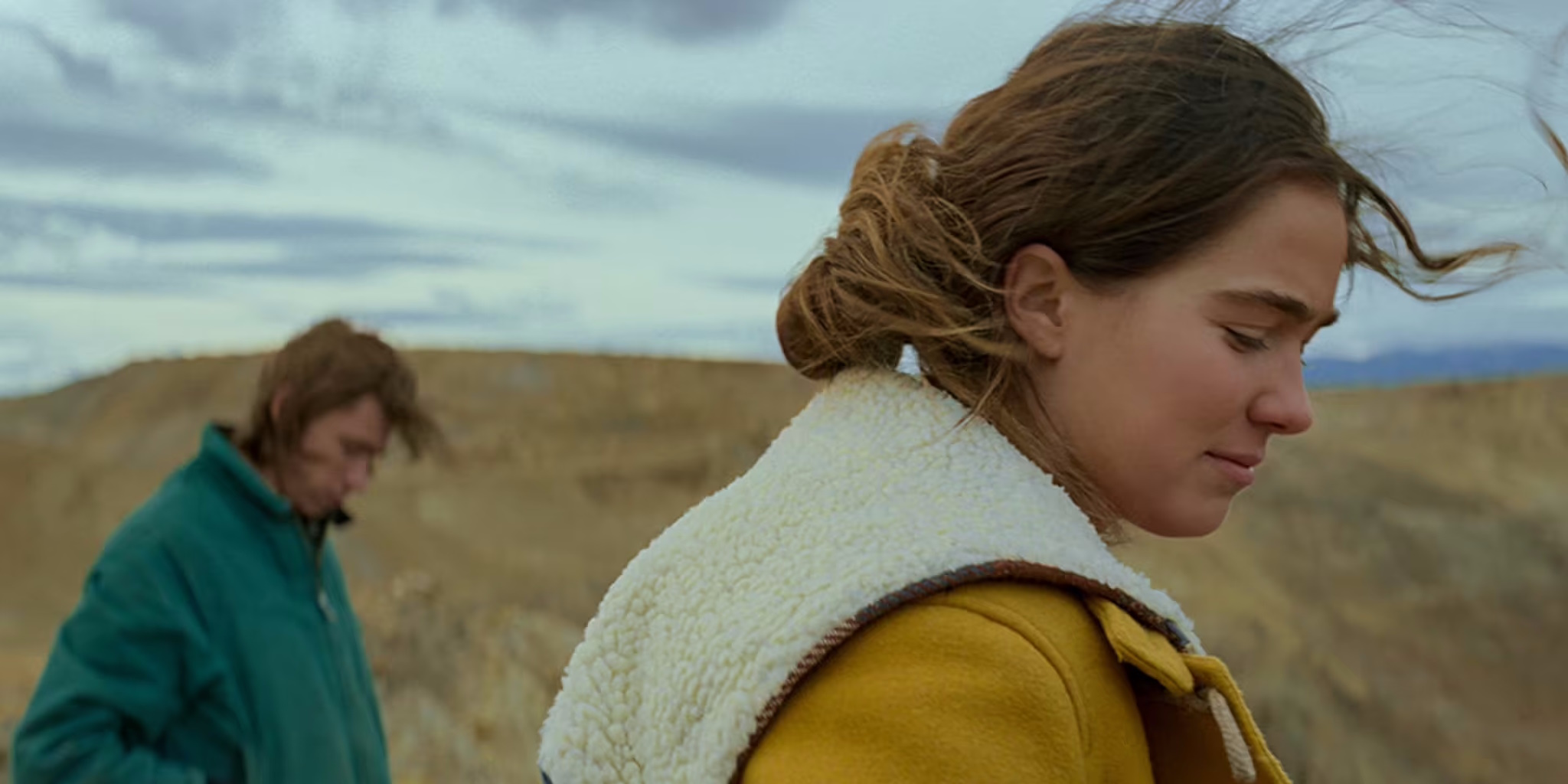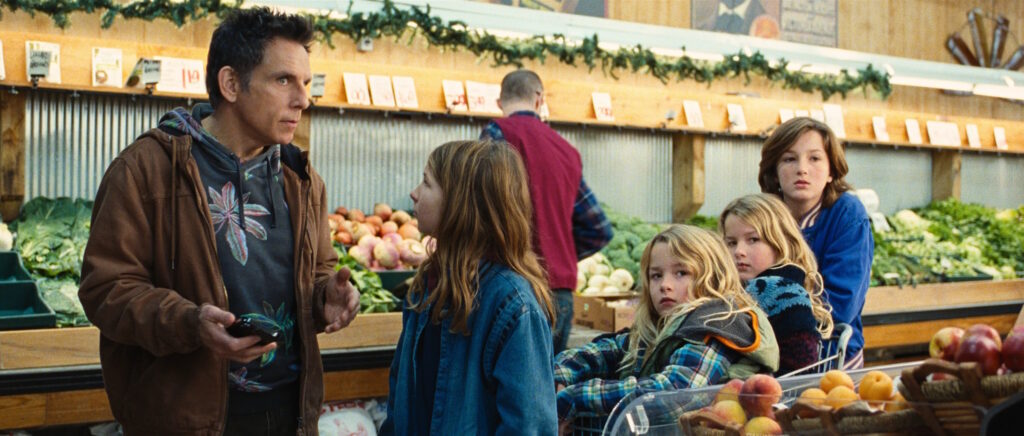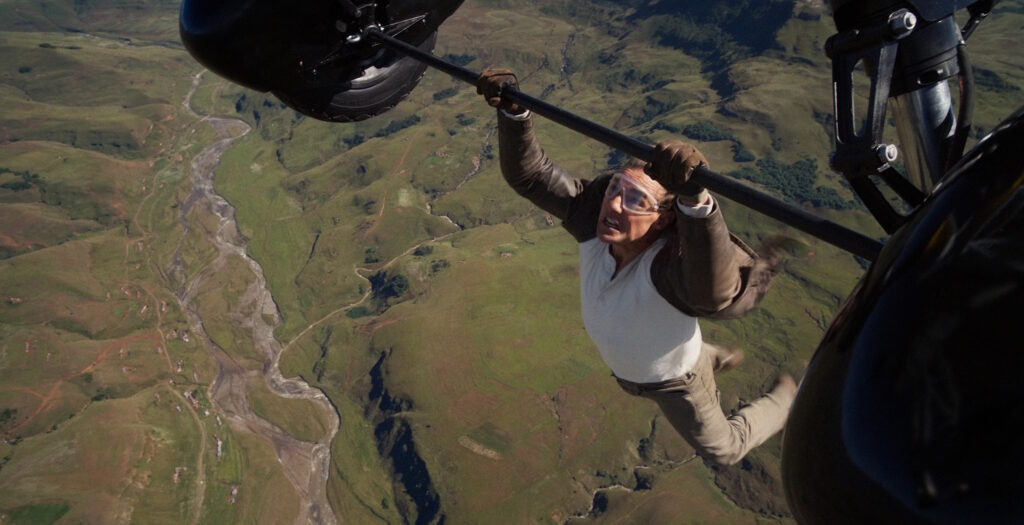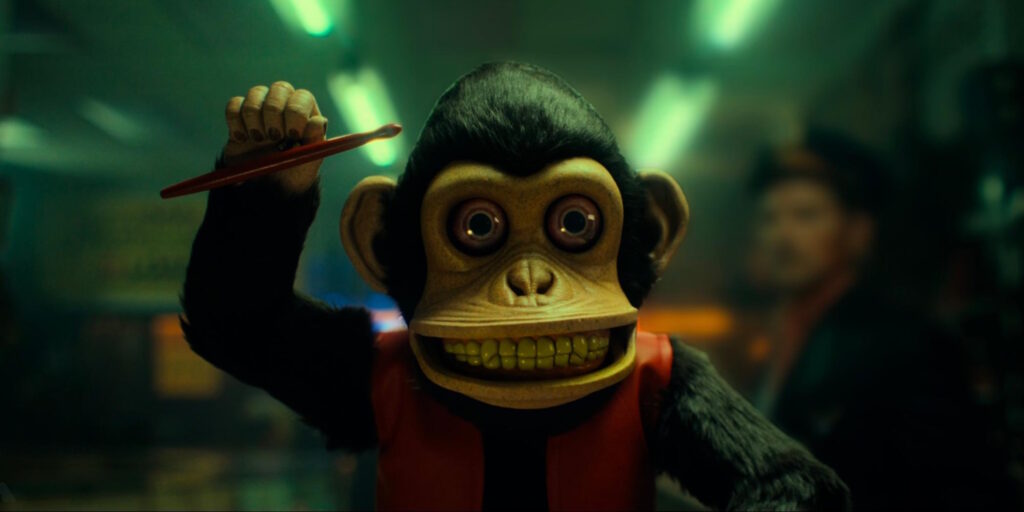[Originally published at Cinema St. Louis’ The Lens.]
Scott McGehee and David Siegel’s Montana Story is the kind of low-key, low-budget American indie drama that tends to slip through the cracks in our current cinematic era. Such unassuming films are buried by an avalanche of IP-exploiting blockbusters – and overlooked by viewers hungry for bigger, bolder auteurism in the face of franchise-based cultural hegemony. However, movies like Montana Story used to dominate arthouse cinemas in the 2000s and early 2010s. It was roughly at the tail end of this period that co-directors McGehee and Siegel – who are both professional and domestic partners – released their last film, What Maisie Knew (2012). The pair has never exactly eschewed formal dazzle, as evidenced by their daring, Tilda Swinton-starring neo-noir The Deep End (2001) and their divisive, mysticism-etched adaptation of Myla Goldberg’s novel Bee Season (2005). However, compared to the filmmakers’ prior work, Montana Story is markedly intimate and grounded.
Shot on a small budget near the Absaroka Range of southwestern Montana, the film features only a handful of locations and characters. Its dramatic scenario is straightforward but emotionally fraught: two estranged, young adult siblings return home to visit the bedside of their dying father. Given that the film aspires to a hard-bitten naturalism, it takes a little while for this family’s backstory and relationship dynamics to uncoil. The film leans heavily on its powerful lead performances from Haley Lu Richardson and Owen Teague, and on its evocative yet authentic sense of Big Sky desolation. It feels like an archetypical Sundance drama pared down to its wind-lashed, late-autumn bones. (In truth, the film premiered not in Park City but at last year’s Toronto International Film Festival.)
Teague portrays Cal, a twentysomething returning to the Park County ranch owned by his attorney father, Wade (Rob Story). Dad is dying of an unspecified terminal illness, and it has progressed rapidly and dramatically, leaving him in an irrecoverable coma. Despite the diligent work of longtime housekeeper Valentina (Catch the Fair One’s Kimberly Guerrero) and her son, Joey (Asiavak Koostachin), the ranch is bankrupt, and Cal is obliged to sell what he can to pay off his father’s substantial debts and medical bills. Cal’s mother – his father’s second wife – is long gone, having perished in a car accident that seems to have catalyzed Wade’s health problems. There is no one else left to pick up the pieces, but Cal is clearly uneasy about returning to his childhood home. It is a site that summons painful memories, most of them related to his amoral, resentful, and violent father. Never mind that Wade’s alive but unresponsive body is presently hooked up to steadily beeping machines in the study; his ghost already seems to be haunting every room.
Wade has one other living relation: Cal’s older half-sister, Erin (Richardson), who literally ran out the front door seven years ago and has had no contact with her family ever since. Which is why Cal is understandably taken aback when Erin turns up in the ranch’s driveway: She might as well be a phantom herself. It turns out that Erin wants one last look at the man who made her childhood a living hell in ways that are only gradually revealed. However, when Cal divulges that he is making arrangements to put down the ranch’s last surviving horse – a creaky, 25-year-old gelding named Mr. T – Erin fixates on this perceived cruelty and insists on taking the animal back to upstate New York. “You live in New York?” is Cal’s response, laying bare just how estranged these formerly inseparable half-siblings have become.
The nitty-gritty logistics of moving Mr. T across the country on short notice occupy a healthy chunk of the film’s second act. Erin scours local Craigslist ads for an old pickup and horse trailer, periodically wandering down the ranch’s driveway in search of a phone signal. (“What is it with this state and cell reception?”) When she finds both a vehicle and a trailer for sale on a Blackfoot reservation a couple of hours away, she asks for a ride from Cal in a way that suggests it is not up for negotiation. Narratively speaking, the process of finding, buying, and retrieving transport for Mr. T provides an opportunity for the simmering bad blood between Cal and Erin to come out – first in a trickle, then in a torrent. Cal tells Erin a bit about his life in the past seven years (engineer, single, cat owner) but her initial response is stony silence. Given what Cal discloses to his father’s Kenyan-American hospice nurse, Ace (Gilbert Owuor), about their family history, Erin’s cold demeanor is understandable.
Montana Story is the kind of stripped-down drama that thrives on credible characters sketched with grace and conviction. Fortunately, the film’s lead actors deliver two fantastic, subtly complementary performances. Teague – best known as demonic bully Patrick Hockstetter in It (2017, 2019) – emphasizes Cal’s weary reserve. Rangy and watchful in his weather-beaten jacket and boots, he still carries himself like a Rocky Mountain country boy, despite his technical education and urbane tastes. (He reads Emily Brontë while scarfing down microwave dinners.) Meanwhile, Richardson (Support the Girls, Columbus) is typically transfixing as the sharp-tongued Erin, whose anxious, emphatic demeanor conceals deep scars that are still seeping black bile. The actress might have the most expressive eyebrows of any working actor under 30, and both she and Teague often convey more with glances than with their characters’ awkward, emotionally clenched conversations.
McGehee and Siegel’s screenplay unwinds slowly. In a sense, the film’s plot is simply an excuse to explicate the siblings’ painful history and bring them together for some long-overdue catharsis and reconciliation. The filmmakers mostly stick to a naturalistic approach and avoid stilted “as you know …” exchanges, allowing the specifics of the characters’ troubled past to emerge organically from Cal and Erin’s interactions. Tellingly, Montana Story stumbles a bit when it attempts to cram backstory into conversations with secondary characters. Notwithstanding Owuor’s steady and sensitive performance, his gentle-hearted nurse at times feels like a vessel into which Cal can conveniently dump exposition – or, alternatively, like an obliging source of wisdom. Indeed, there’s something a little trite about the way that all the film’s non-White characters serve utilitarian roles in the lead characters’ emotional journey.
That said, Montana Story still succeeds as a tender, anguished drama, astutely illustrating how one awful person can create a kind of inescapable gravitational field, one that persists long after their narrative is effectively over. This story is not about Wade – he is, after all, just a lump of meat at this point – and yet it is, in a sense, all about him. He was a crooked lawyer posing as a rancher, a defender of polluting mining companies, and a monstrously abusive parent who inflicted all his fury and bitterness on his children. He was not a man with secret depths or redeeming qualities. He was, in a word, a piece of shit. For Erin and Cal, healing may be less about pitying or forgiving this man than about finally reclaiming their once-cherished relationship from his cold, nearly dead grasp.
Montana Story opens in select local theaters on Friday, May 27.




